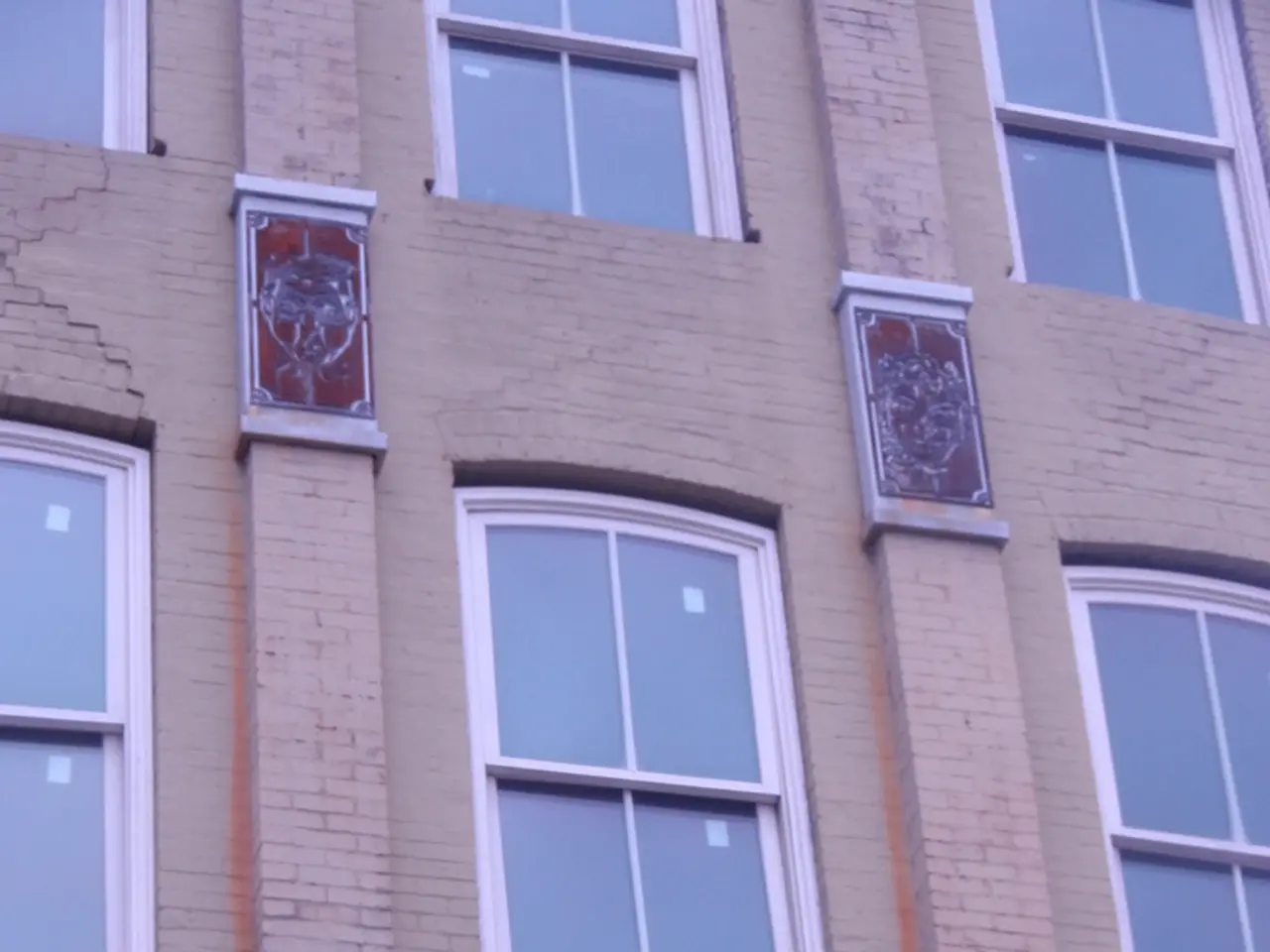Forward-Thinking Approaches for Clear Construction Components
Innovations Transform Transparent Building Elements
The world of architecture is undergoing a revolution, with the latest innovations in transparent building elements enhancing both the performance and resilience of modern structures.
At the forefront of these advancements is smart glass, also known as switchable glass or electrochromic glazing. Modern electrochromic glass dynamically changes tint with applied electrical voltage, controlling solar heat gain and natural light. Recent advances improve switching speeds, durability (up to 30-year lifespans), and color neutrality. These systems integrate with building management for automated energy savings, reducing cooling costs by 20-30% and peak demand up to 60% in projects like the Morgan Lewis Building in Washington D.C. The return on investment is generally 3-5 years despite higher upfront costs.
Another significant innovation is self-cleaning glass. Innovations in metal oxides enable glass coatings that clean themselves while hosting integrated smart interfaces capable of sensing environmental conditions and generating building performance data in real time, supporting sustainable building management.
Transparent Wood, developed by KTH Royal Institute of Technology, is another promising material for windows, skylights, and façade panels. This material replaces lignin in wood with transparent polymers to create a translucent, strong, and better insulating alternative to glass. It diffuses light to reduce glare, provides thermal benefits, and is sourced sustainably.
Data-Enabled Building Envelopes are also emerging, with architectural glass assemblies incorporating unified smart interfaces that perform environmental interaction and data generation concurrently. This advances buildings from passive elements to active, data-generating components for enhanced energy management and occupant comfort.
While not extensively detailed in the current results, repair and maintenance services for these high-tech surfaces are crucial for ensuring their longevity, especially in critical infrastructures like data centers. Tools for design support and project resource optimization indirectly support better repair planning and building envelope lifecycle management.
In summary, the future of transparent building elements combines dynamic smart functionality (electrochromic and data-enabled systems), sustainability (transparent wood), self-maintenance (self-cleaning coatings), and digital integration (environmental sensing and data interfaces), enhancing both the performance and resilience of modern architecture.
Combining advanced products with trusted local services can unlock endless possibilities for comfortable, secure, and visually stunning environments. Building owners should consult with experts for repairs, upgrades, and custom installations of next-generation glass features. High-quality repair services can also advise on upgrades, recommending and installing the latest energy-efficient and secure glazing solutions. Specialized commercial glass repair services are available for restoring advanced glass systems, matching visual clarity, energy efficiency, and safety standards.
Frameless glass systems allow for giant glass panels that are held together with discreet hardware, offering nearly uninterrupted vistas. Building safety codes have kept pace with the use of structural glass, ensuring features like anti-slip surfaces and impact resistance are built into every panel. Structural glass can be paired with advances in laminates and interlayers, allowing for the creation of entire staircases, walkways, or load-bearing partitions from glass.
Insect mesh can be added alongside self-cleaning glass to keep out flies and other pests without blocking natural light. The innovations in transparent building elements continue, including smart glass that adapts to the weather and structural glazing that supports entire buildings. By modulating heat and sunlight in real-time, smart glass supports sustainability goals and can help buildings cut HVAC costs by up to 20%. Adaptive light control with smart glass can lead to higher user satisfaction and productivity in workplaces. Transparent elements, such as windows, can now be self-cleaning, reducing the need for chemical cleaning and maintenance costs.
Technology plays a significant role in enhancing the performance and resilience of modern buildings, as evidenced by innovations like smart glass, self-cleaning glass, and transparent wood.
In the future, transparent building elements are expected to incorporate dynamic smart functionality (such as electrochromic and data-enabled systems), sustainability (through materials like transparent wood), self-maintenance (with self-cleaning coatings), and digital integration (including environmental sensing and data interfaces), all of which aim to improve energy management and occupant comfort.




